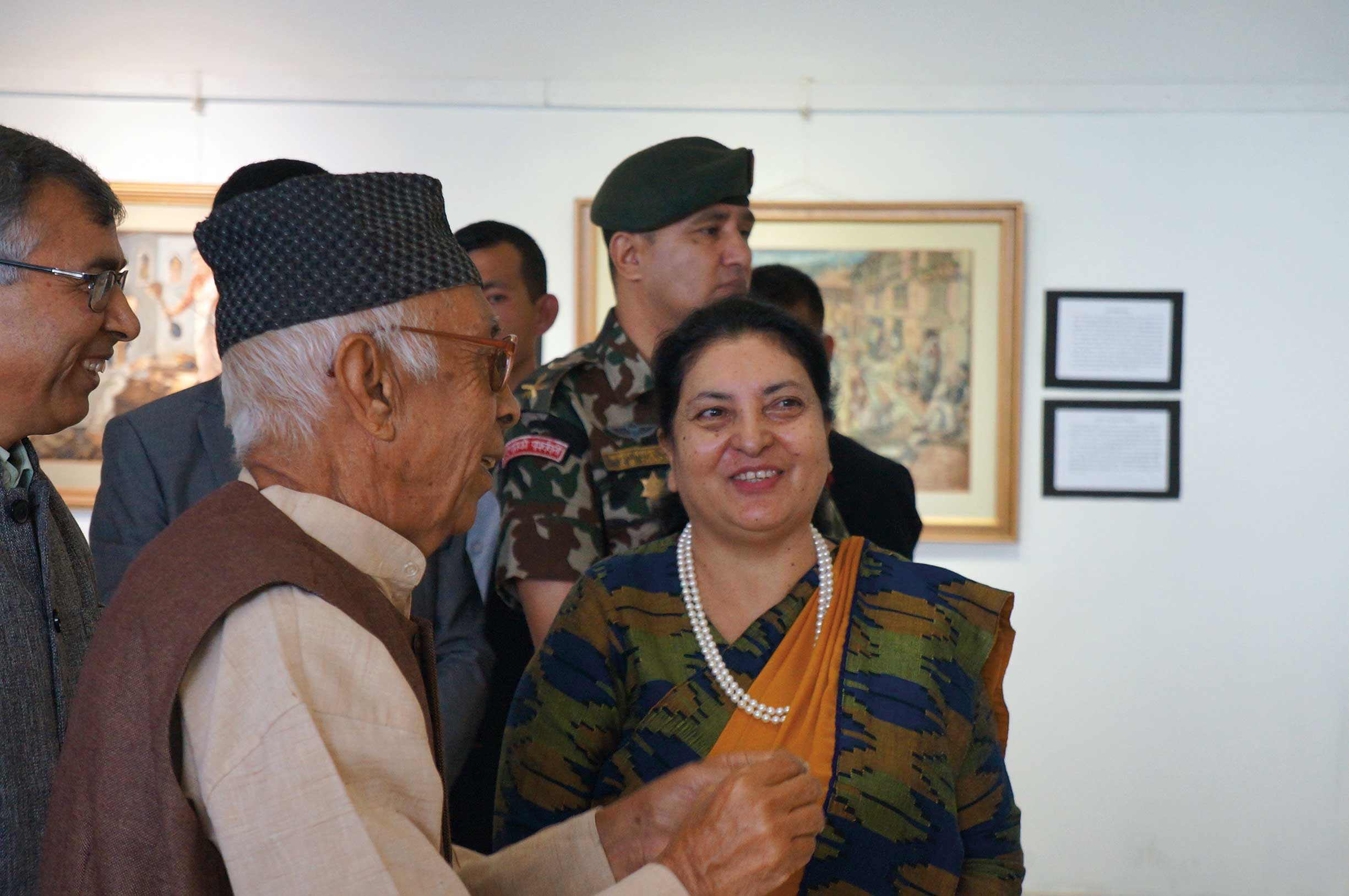Some years ago I published a short article entitled ‘What’s a tree?’ in an international forestry newsletter. It described my experience at Nepal’s Institute of Forestry when I was asked to ‘lecture’ on community forestry. Instead of the top-down aproach they expected, I opened the topic for student discussion. I said: “You are all studying community forestry. So tell me, in the community—What’s a tree?”
I wanted them to think about what ‘trees’ mean to common folk: farmers, housewives, parents, children, porters, trekkers, etc. At first I was met by stony silence. Then a student stood and recited a textbook definition from memory. I thanked him, and probed deeper. I said, “In the community, what’s a tree?” More silence. Eventually (to make a long story short) I gave some hints, from life. “It’s a hot day and you are working in the fields—what’s a tree?” “Shade”, someone replied. “Yes!” “And for little boys with slingshots?”, I asked. “Birds” came the answer. “You’re cooking dinner...” I said. “Firewood”, someone replied. “And for the family buffalo?” “Tree fodder”, someone said. “And a porter carrying a heavy load across a chasm?”...
Now we were getting somewhere. When I said “You are a Newar parent...”, a female student volunteered to tell the class about the importance of one particular tree, Aegle marmelosa. That tree bears an aromatic orange-like fruit called bel and figures prominently in a young Newar girl’s first marriage. Her bel biha is a highly symbolic ritual event. Later, when she comes of age, she can marry a man. By then in the discussion, I was pleased to see the students’ learning curve rising and the meaning of ‘tree’ in everyday life was coming through. They had learned something from my ‘lecture’.
When I wrote about it for the forestry newsletter, what happened next is the boon and the bane of many a published writer’s experience. My piece generated a flurry of letters to the editor, commenting both favorabably and unfavorably on the story. Someone wrote to say that I had insulted the entire class by asking such an inane question. (Would I have asked a shoemaker, what’s a shoe?) On the other hand, a prominent environmentalist in India wrote to say that he liked the story very much. His positive reaction was that it raised an important principle, it made people think and that we need more such thought-provoking articles. One letter came from a conservative European fellow just out of forestry school. He accused me of belittling well-established pedagogical principles in forestry education. He implied that my methods and questions were improper and that I should have given a straight lecture instead. In the end, however, I was cheered by those who liked what I had done and how (and why) I had done it.
Letters like these happen to writers. At least they show that someone is reading your work. While some may praise your work, others may condemn it or belittle you with faint praise. Feedback is part of a writer’s experience. Be ready for it. In the end, wouldn’t you rather get critical letters (pro or con) from discerning readers than rejection slips from editors who won’t give your masterpiece the time of day? Now–what’s good writing?

Healing Aromas - A Photo Story
“My mother, Maha Laxmi Shrestha makes about 100 packets of incense per day. I help her on dayswhen we have...










